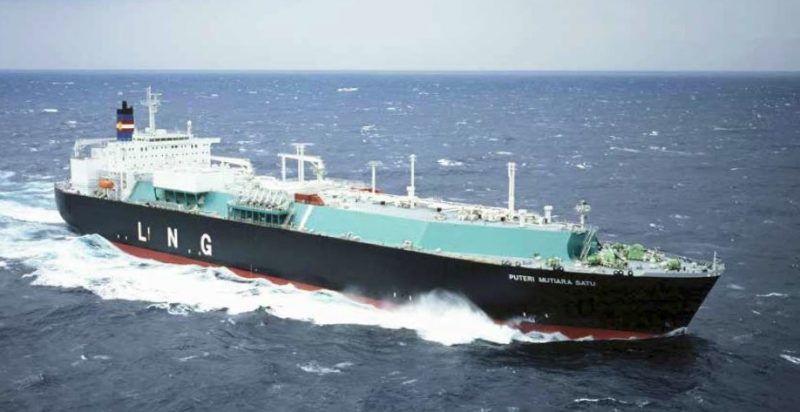 Asia’s run of subdued imports of liquefied natural gas (LNG) is set to extend for another month in July, with the top-importing region on track for a tiny increase from June.
Asia’s run of subdued imports of liquefied natural gas (LNG) is set to extend for another month in July, with the top-importing region on track for a tiny increase from June.
Asia’s imports of the super-chilled fuel are estimated at 22.07 million metric tons in July, up from 21.80 million in June, according to data compiled by commodity analysts Kpler.
On a per day basis July’s figure is 722,000 tons, which is slightly down from 727,000 in June.
The soft July imports continue a trend this year of declining LNG arrivals in Asia, with the first seven months of 2025 coming in at 155.82 million tons, down 6.3% from the 166.22 million over the same period last year.
In contrast to Asia’s declining LNG imports, Europe’s have been trending higher, with the first seven months seeing arrivals of 75.61 million tons, up 24% from the 61.13 million for the same period in 2024, according to Kpler data.
The extra 14.48 million tons of LNG that has headed to Europe in the first seven months reflects the continent’s efforts to refill inventories ahead of winter while continuing to shun pipeline gas from Russia.
The extra European demand has been a boon for LNG exporters as it has helped keep global prices higher, and largely prevented the usual seasonal decline in both volumes and spot prices seen in the shoulder season between the winter and summer peaks.
But the higher prices have also led to lower demand from price-sensitive buyers in Asia, especially China, the world’s largest LNG importer.
CHINA DECLINE
China’s LNG imports are on track to reach 4.96 million tons in July, down from 5.09 million in June and 5.92 million in July 2024, according to Kpler data.
For the first seven months of the year, China’s imports are estimated by Kpler at 35.17 million tons, down 21.2% from the 44.64 million for the same period in 2024.
The drop in China’s LNG imports also accounts for 91% of the total drop in Asia’s imports in the first seven months of 2025.
The rest of the decline can largely be ascribed to India, Asia’s fourth-largest LNG buyer, with imports in the January to July period estimated at 14.08 million tons, down from 16.11 million for the same period in 2024.
The decline in imports by China and India comes as spot LNG prices for delivery to North Asia remain at elevated levels.
The spot price dropped to $12.33 per million British thermal units (mmBtu) in the week to July 14 from $12.90 the prior week.
While this is similar to the $12.00 per mmBtu that prevailed in the same week in 2024, what is different so far in 2025 is that the lowest price so far, of $11.00 in late April, is well above the low point of $8.30 in February 2024 and $9.00 in June 2023.
The fact that spot prices didn’t have their usual seasonal decline after the northern winter meant that Chinese buyers were unable to pick up cargoes at economical prices.
A spot price of above $10-$11 per mmBtu is believed to make LNG imports uncompetitive against domestic output and pipeline supplies from Russia and Central Asia.
It’s also the case that China has been producing more domestic natural gas, with official data showing output rising 5.8% in the first half of 2025 to the equivalent of 96.8 million tons, an increase of about 5 million tons.
Pipeline imports have also increased by about 6%, or 3 million tons.
However, the combined rise in domestic output and pipeline imports is still below the decline of nearly 9.5 million tons in LNG imports, suggesting that the high LNG spot price is acting to reduce demand.
Enjoying this column? Check out Reuters Open Interest (ROI), your essential new source for global financial commentary. ROI delivers thought-provoking, data-driven analysis of everything from swap rates to soybeans. Markets are moving faster than ever. ROI can help you keep up. Follow ROI on LinkedIn and X.
The views expressed here are those of the author, a columnist for Reuters.
(Editing by Christian Schmollinger)